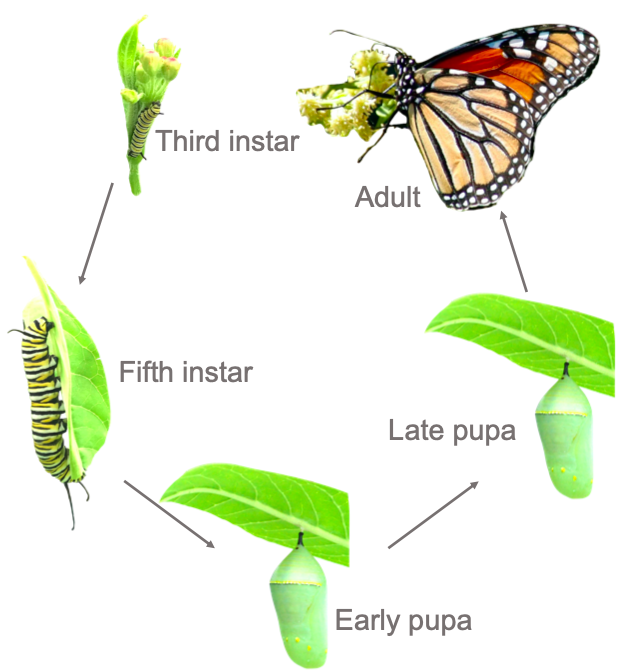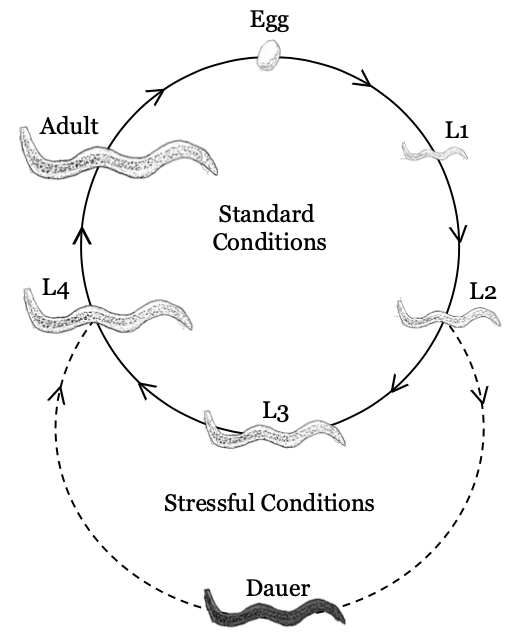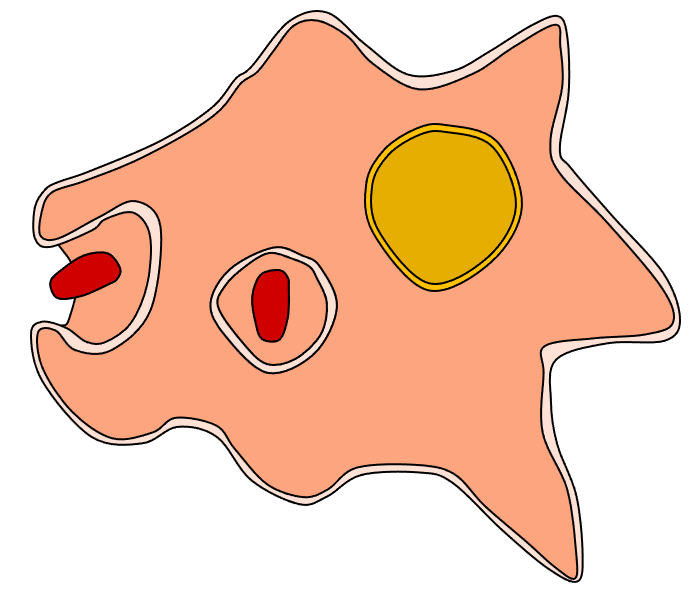Evolution and Ontogeny
I have primairly approached my work on life cycle evolution from an evolutionary genetics perspective. Theory suggests one of the primary determinants of how selection and drift shape the fate of a genetic variation is ontogenetic/life cycle dynamics. Genes that are expressed across a broad range of life stages should be more evolutionairly constraind by purifying selection. For example, a mutation that could in theory be beneficial to larval performance would not be selected if it also had negative impacts on adult performance. Likewise, genes that are more specific to certain life stages should be more free to evolutionairly diverge. Therefore, my work has focused on understanding the genetic basis of decoupling between life stages and how this facilitates their differentiation. However, I am also interested in exploring ecological pressures that favor the evolution of differentiation between life stages as well.


